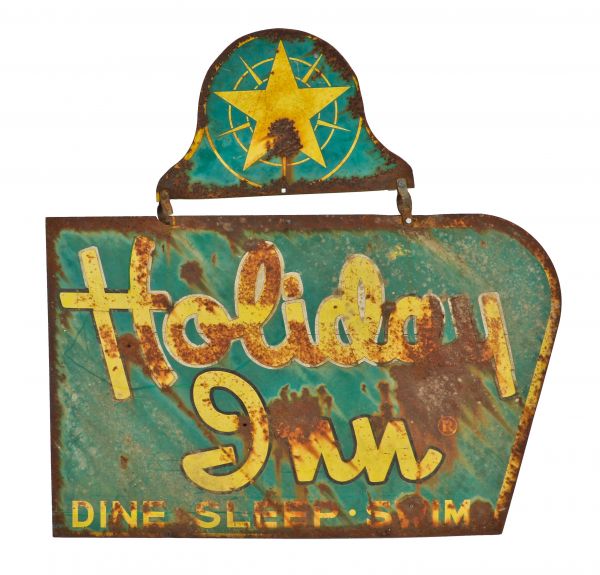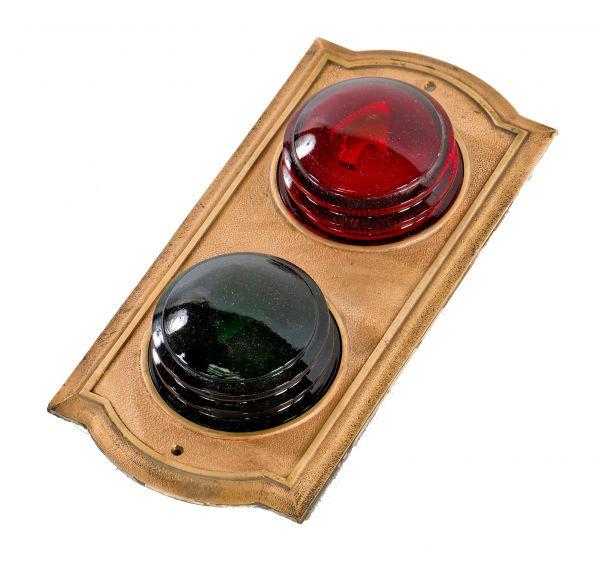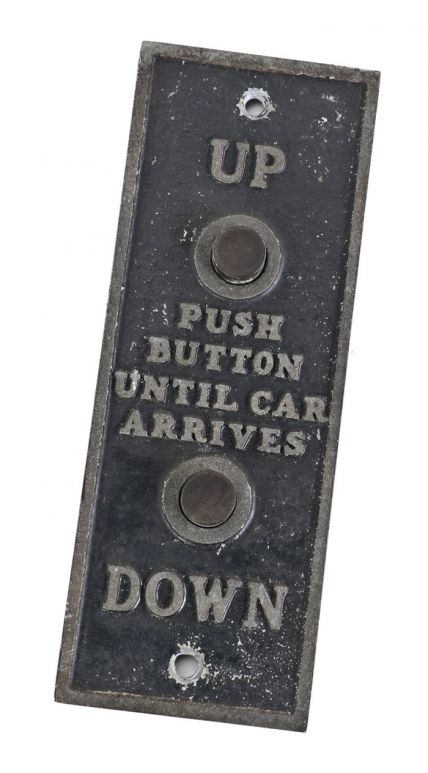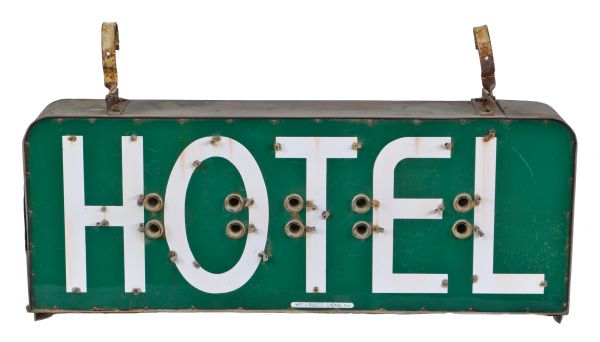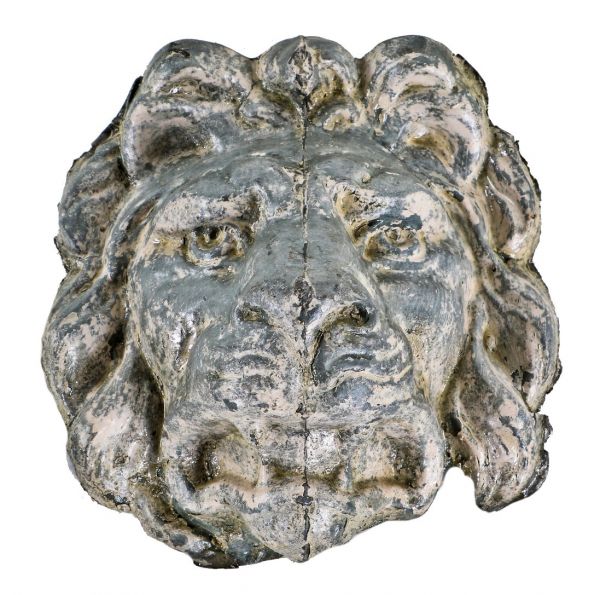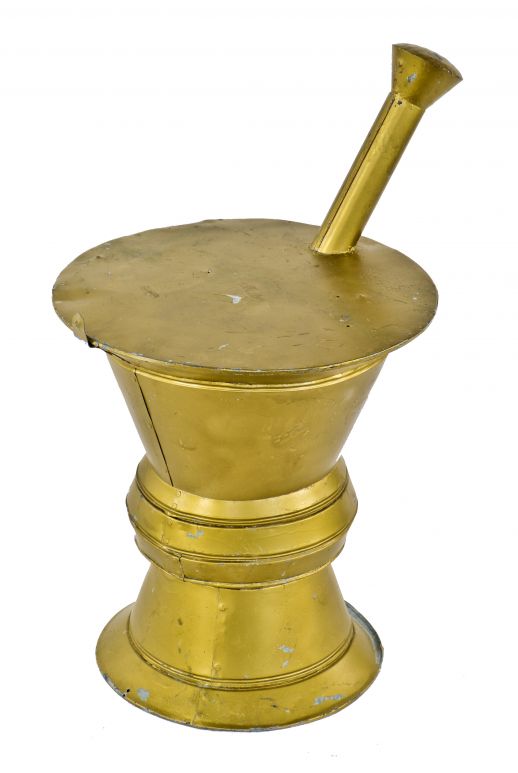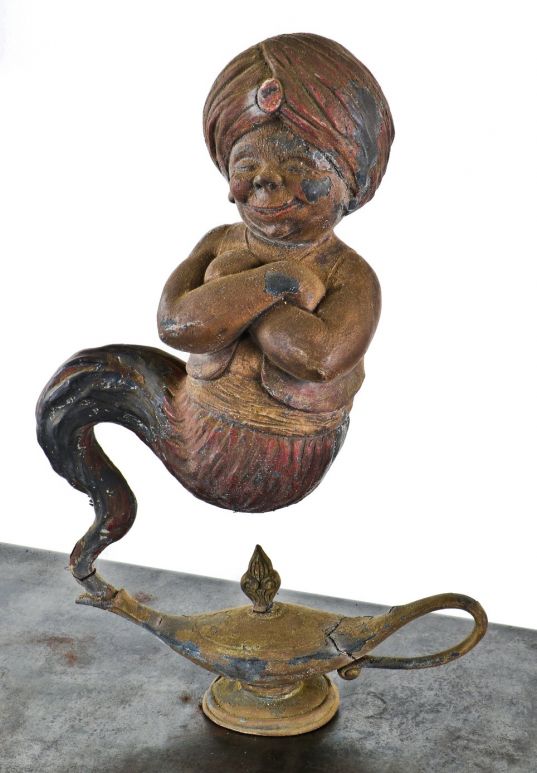hard to find late 1950's double-sided exterior wilson-era heavy gauge die cut steel holiday inn roadside motel sign with add-on compass rose
SOLD
Out of stock
SKU
UR-22123-15
james a. anderson, sr., commercial artist
original late 1950's vintage american exterior and/or roadside holiday inn motel sign designed by commercial artist james a. anderson. the unusual double-sided outdoor sign is comprised of heavy gauge die cut steel with original polychrome enameled finish. the compass rose add-on was originally mounted above the vertical sign post (likely projecting from the building facade). the exact sign fabricator is not known. general surface wear (e.g., sporadic rust accumulation, color fading, etc.) caused from prolonged exposure to the elements. the holiday inn economy motel chain was founded by kemmons wilson, who initially came up with the idea after a family road trip to washington, d.c., during which he was disappointed by the quality and consistency provided by the roadside motels of the time. the name holiday inn was given to the original hotel by his architect eddie bluestein as a joke, in reference to the musical film holiday inn (1942), starring bing crosby and fred astaire. the first holiday inn opened at 4941 summer avenue (the main highway to nashville) in memphis, in august of1952 as "holiday inn hotel courts". the motel was later demolished in the 1990's. wilson partnered with wallace e. johnson to build additional motels on the by roads entering memphis. holiday inn's corporate headquarters was in a converted plumbing shed owned by johnson in 1953, when the company built its first four hotels, with one covering each approach to memphis. in 1957, wilson franchised the chain as holiday inn of america and it grew dramatically, following wilson's original tenet that the properties should be standardized, clean, predictable, family-friendly and readily accessible to road travelers. the "great sign" was the roadside sign used by holiday inn during their original era of expansion in the 1950s-1970s. it consisted of a marquee box; a tower with either red, orange, or blueneon lighting, and a flashing animated neon star at the top. it had 1500 feet of neon tubing and over 500 incandescent light bulbs. it was introduced by kemmons wilson when he opened his first motel on august 1, 1952. the signs were extremely large and eye-catching, but were expensive to construct and operate. the sign, including the famous script logo, was originally designed by james a. anderson, sr., a commercial artist who later became known for his oil paintings of mexico and the american southwest. the manufacturers of the sign were members of the balton family, whose ancestor d.f. balton founded balton & sons in memphis in 1875. the sign’s colors were selected because they were favorites of wilson’s mother. the popularity of the sign led to many clones being produced, some of which remain to this day. in 1982, following wilson's departure, the holiday inn board of directors made the decision to phase out the "great sign" in favor of a cheaper and less catchy backlit sign that still maintained the original backscript logo (this changed after the second remodel). the decision was not without controversy as it essentially signaled the end of the wilson era and removed a widely recognized company icon. wilson was angered about this, saying, "it was the worst mistake they ever made". sadly, the majority of the signs were sold as scrap metal and recycled. several intact fragments of the famous sign have been restored and relit, mostly the holiday inn top section of the sign, and the marquee box. however, in 2006, a complete sign was finally found. the disassembled sign, complete with star, marquee box, and the sign base, was discovered in a backlot in minnesota. the sign was purchased by a neon sign restoration expert who intends on restoring it to its 1950's glory. after completion, the refurbished sign will be displayed at the national save the neon signs museum in minot, north dakota. another sign has been preserved at the henry ford museum in dearborn, michigan. measures 48 x 48 inches.
You Might Also Like
WORDLWIDE SHIPPING
If required, please contact an Urban Remains sales associate.
NEW PRODUCTS DAILY
Check back daily as we are constantly adding new products.
PREMIUM SUPPORT
We're here to help answer any question. Contact us anytime!
SALES & PROMOTIONS
Join our newsletter to get the latest information

